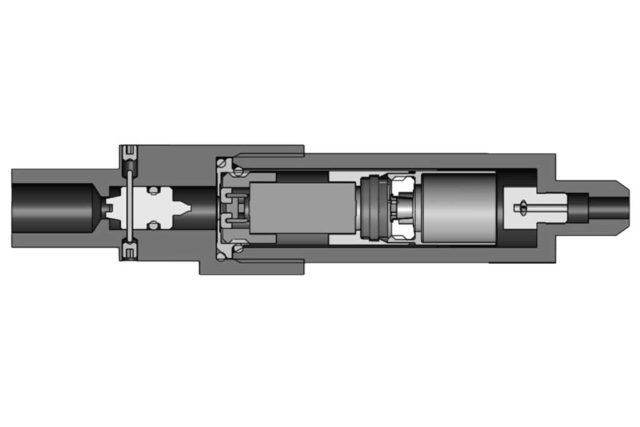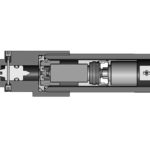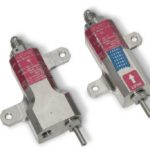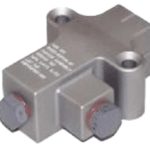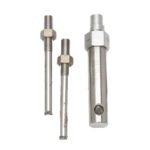Electronic Time Delay
Product Description
Time delays are used to provide a controlled delay time in aircrew escape and launch vehicle payload deployment systems. Current systems rely on pyrotechnic time delays to achieve precise delays from initiation to output. Our time delay initiators consist of a hermetically sealed pyrotechnic cartridge which incorporates a Small Column Insulated Delay (SCID) element to perform the delay function. The initiator housing/assembly provides system interfaces for input and output devices in the sequencing system. The delays are typically initiated by standard detonating tips, deflagrating lines or hot gas output.
Delay times for these devices typically range from 30-milliseconds to 1.0-second for aircrew escape system applications. Launch vehicle payload deployment systems delay time requirements can exceed 2 minutes. Time tolerances are typically +/- 20% across the operating temperature range. Time delay initiators are typically standalone devices.
Our current design baseline is initiated via ballistic gas with a hot gas output required for aircrew escape system applications. The design can be tailored to accommodate detonation inputs and outputs.
Key Features
- Form, Fit & Function replacement for existing pyrotechnic time delays (detonation and ballistic gas actuated)
- Improved Delay Time Tolerances – < +/- 5% across operating temperature range of -650F (-540C) to +2250F (+1070C)
- Common Delay Module Architecture – accommodates full delay time range common electronics module (30-milliseconds to 1.0-second)
- In-Process Testing – electronic module allows full in process testing and verification of time delay performance prior to final assembly
- Shelf/Service Life – current design objectives include a 10 + year shelf life and service life > 36 months
Electronic Time Delay Evolution
The Battery-Based Electronic Time Delay leverages existing technologies to produce a highly accurate time delay solution. This includes the use of a high energy lithium metal oxide battery developed and qualified specifically for military and aerospace applications. This is similar to other DOD qualified aircrew safety critical items such as the FLU-8/P Automatic Inflation Device and Seawater Activated Parachute Release (SEAWARS) device. These batteries have long storage lives of greater than 10 years.
Our Electronic Time Delay has completed concept development and design validation testing. Delay times of +/- 2 milliseconds have been demonstrated across the operating temperature range. Design Verification Testing (DVT) and Qualification testing in accordance with MIL-C-83124 are planned.
The electronics module leverages our extensive experience in developing, qualifying and producing mission critical electronic sequencing and safety devices for Missile Defense Agency (MDA) interceptor applications. The module incorporates our patented Reactive Semiconductor Bridge (RSCB) to ensure output propellant ignition reliability exceeding MIL-STD specification requirements.
Specifications
- Input Stimulus
Detonating, deflagrating or gas pressure - Output
Detonating, deflagrating or gas output
Deflagrating/gas output – tailored peak output pressure in 10cc closed bomb
Detonation – minimum 0.010-in. (0.254-mm) increase in diameter of witness cap - Operating Temperature Range
-65 0F (-54 0C) to +225 0F (+107 0C) - Applicable Specifications
MIL-STD-810
MIL-C-83124 - Shock
| Frequency (Hz) | Spectrum Level (Q = 10) |
|---|---|
| 100 | 180g |
| 160-800 | 570G |
| 4200-10000 | 2200G |
Specification Questions
Question: What is a timing delay?
Answer: Time delays are used to provide a controlled delay time in aircrew escape and launch vehicle payload deployment systems.
Question: How do electronic timers provide time delay?
Answer: Our time delay initiators consist of a hermetically sealed pyrotechnic cartridge which incorporates a Small Column Insulated Delay (SCID) element to perform the delay function. The initiator housing/assembly provides system interfaces for input and output devices in the sequencing system. The delays are typically initiated by standard detonating tips, deflagrating lines or hot gas output.
